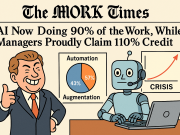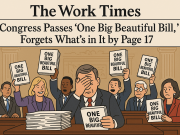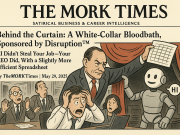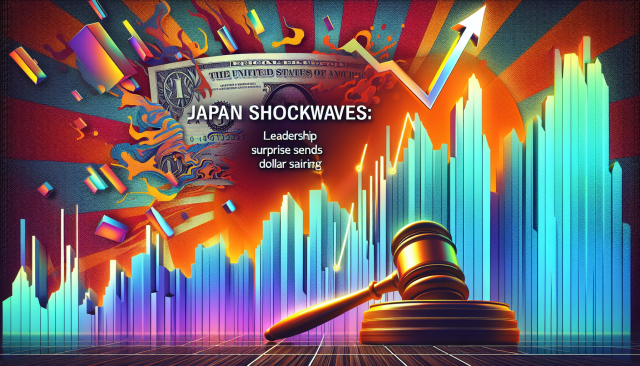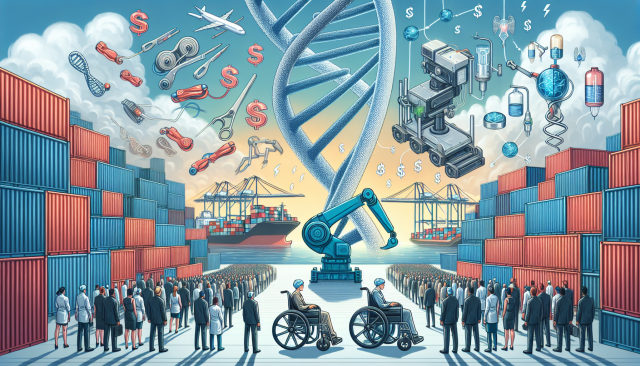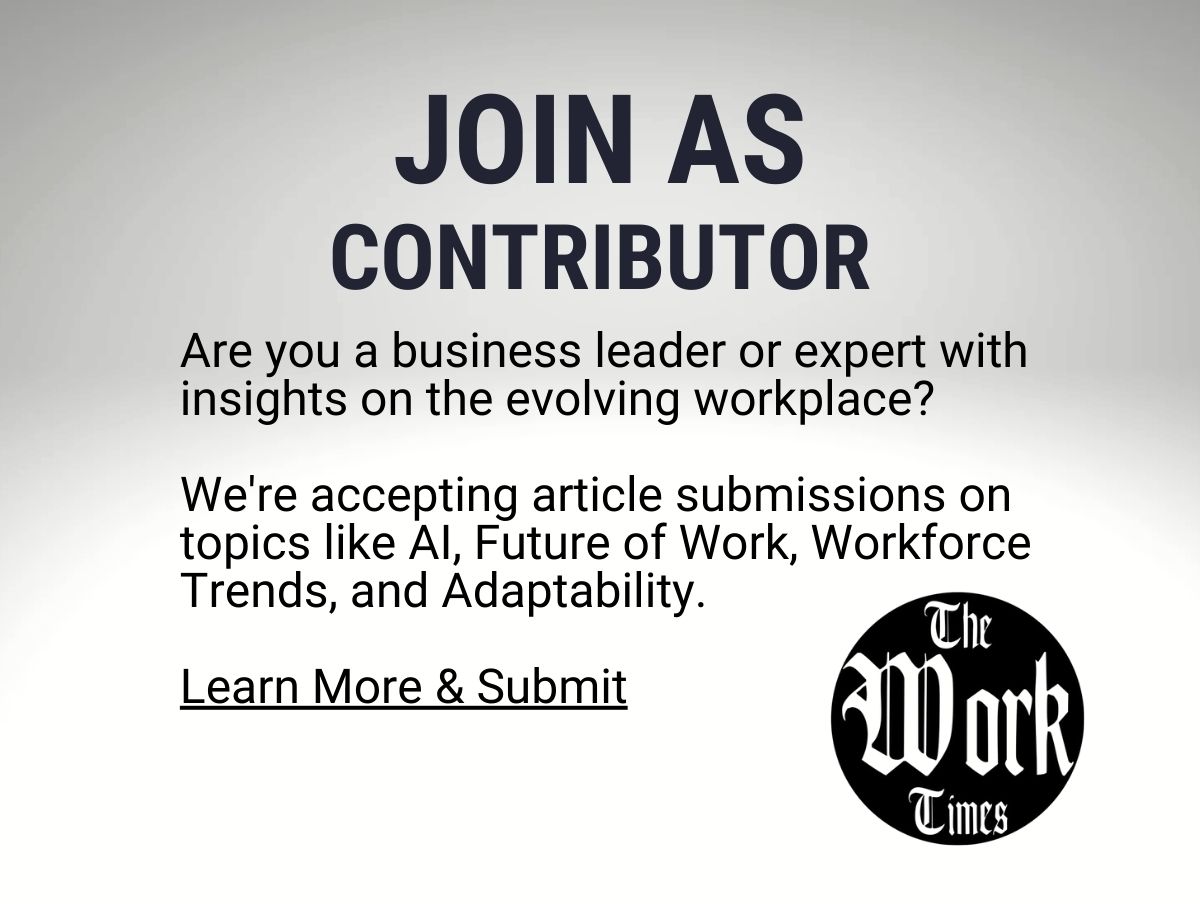How to Translate Your Military Experience into a Civilian Resume
The Hidden Challenge of Military Transition
The transition from service to the civilian workforce is one of the most significant shifts a veteran will ever undertake. You’ve mastered leadership, logistics, and discipline under pressure. Yet, the moment you put pen to paper—or fingers to keyboard—to write your resume, you hit a wall:
How do you tell a civilian recruiter that “Managed $5M in COMSEC equipment” means you’re a reliable, high-level operations manager?
The biggest obstacle isn’t a lack of experience; it’s a failure of Skill Translation. Your mission is not just to document what you did—it’s to convert your military accomplishments into the language of corporate value. This guide provides actionable veteran resume tips and shows how to transform your military skills to civilian job success.
👉 Ready to take your next step? Connect with employers who value your service and join Veteran Expo 2025 — a national virtual event uniting veterans, recruiters, and service organizations committed to helping you transition with confidence.
The Mindset Shift – Beyond the DD-214
Before listing a single duty, shift your mindset. Recruiters don’t hire job titles—they hire solutions to problems.
1. Ditch the Jargon
Military acronyms like PCS, MOS, or CONUS are meaningless outside the wire. These terms confuse Applicant Tracking Systems (ATS) and stall recruiters. Replace every acronym with plain, functional language: “led a 10-person logistics team,” not “served as S-4 NCOIC.”
2. Focus on the “Why”
Instead of writing “Performed vehicle maintenance on a fleet of Humvees,” explain the purpose:
“Ensured 100% operational readiness for a tactical transport fleet, directly supporting mission completion.”
This small change shifts your focus from task-based to impact-based language—a key difference in effective Resume Writing.
3. Identify Your Civilian Career Cluster
Every bullet on your resume should align with your target role—management, logistics, IT, training, etc. If you’re applying for a logistics coordinator job, emphasize organization, budgeting, and inventory control. Precision focus is the ultimate veteran resume tip for getting noticed.
Mastering the Art of Skill Translation
Effective Skill Translation is the bridge between military experience and civilian relevance. It’s not about dumbing down your achievements—it’s about decoding them.
1. Craft a Core Competencies Section
Civilian resumes often include a “Core Competencies” or “Key Skills” section. This section is your chance to use keywords that both humans and ATS recognize.
| Military Term (Avoid) | Civilian Translation (Use) |
| NCOIC / Platoon Sergeant | Team Leadership, Project Management |
| Managed Personnel/Assets | Resource Allocation, Inventory Control |
| Deployment / Field Operations | Risk Management, Crisis Management |
| Instructor / Drill Sergeant | Curriculum Development, Corporate Training |
| S-4 / Logistics | Supply Chain Management, Procurement |
Populate this section with skill terms that recruiters actively search for. This step boosts your resume’s visibility for military skills to civilian job searches.
2. Use the Challenge-Action-Result (CAR) Format
Turn your bullet points into measurable achievements using the CAR method—Challenge, Action, Result.
| Weak Bullet | Strong Translation |
| Led a team of 15 infantrymen in Afghanistan. | Directed and mentored a 15-person tactical unit in a high-risk environment, achieving a 98% mission success rate. |
| Ran the supply room for the company. | Managed a $1.2M inventory of mission-critical parts, optimizing supply chains and reducing equipment downtime by 25%. |
| Wrote training plans for new equipment. | Developed a 40-hour training curriculum for 45 employees, boosting technical proficiency by 15%. |
This approach demonstrates leadership, initiative, and quantifiable results—all essential for a Resume Writing that stands out.
Structural Resume Writing Tips
A great structure helps your skills shine through clearly and professionally.
1. Start with a Professional Summary
Skip the outdated “Objective” statement. Instead, write a summary that markets you as a professional.
Example:
Highly disciplined Project Management professional with 8+ years in Supply Chain Management and Resource Allocation. Proven ability to lead cross-functional teams and deliver mission-critical outcomes. Seeking a corporate logistics role where leadership and operational excellence drive measurable impact.
This sets the tone—and uses Skill Translation to show alignment with business priorities.
2. Military Experience Section
Label this section as “Professional Experience” or “Leadership and Operations.” Use translated titles such as “Operations Manager / E-7 Platoon Sergeant.” Under each role, use accomplishment-driven bullet points that clearly connect your work to business outcomes.
3. Optimize for ATS
Repeat important keywords (e.g., “leadership,” “logistics,” “project management”) naturally in your summary, skills section, and bullet points. Smart redundancy signals relevance to automated screening systems and helps your resume surface in recruiter searches.
Education and Certifications
Your training deserves space on your resume—but formatted in a way civilians understand.
- List Military Schools as Education:
Treat schools like the Senior Leaders Course or Nuclear Power School as equivalent to trade or professional education. - Translate Certifications:
If you have specialized IT or maintenance qualifications, use the civilian equivalents. For instance, instead of “Army Signal School,” write “Certified in Network Administration (Equivalent to CompTIA Network+).” - Include Security Clearances:
A current clearance is highly valued. Note it as: “Active Secret Security Clearance.”
Highlight Volunteerism and Leadership
Your off-duty service counts. If you organized events, managed family readiness groups, or led community drives, these experiences highlight initiative and empathy.
- “Planned a community service project involving 200 volunteers, coordinating logistics and fundraising efforts totaling $25,000.”
- “Mentored transitioning veterans in resume writing and interview preparation, supporting successful civilian placements.”
These examples show soft skills—leadership, teamwork, communication—often overlooked in veteran resume tips but critical to employers.
Write a Targeted Cover Letter
Even the best resume needs a supporting document that ties your experience directly to the job.
1. Start with Your Transition Story
Begin by acknowledging your transition and showing enthusiasm for your civilian career path:
“After eight years of leading mission-critical logistics operations in the U.S. Army, I’m eager to bring that same precision and leadership to your supply chain management team.”
2. Link Military Achievements to Civilian Goals
“As a Platoon Sergeant, my role mirrored that of a civilian Operations Manager—coordinating daily functions, optimizing processes, and ensuring team success under tight deadlines.”
This direct comparison is the essence of Skill Translation and shows recruiters your value in familiar terms.
Selling Your Soft Skills
While your hard skills show capability, your soft skills reveal leadership potential—something every employer wants.
| Civilian Skill | Military Equivalent | Resume Example |
| Adaptability | Deployment Readiness | “Adapted rapidly to changing priorities in high-pressure environments.” |
| Teamwork | Unit Cohesion | “Fostered a culture of accountability and teamwork, achieving zero training deficiencies over four years.” |
| Problem-Solving | Mission Planning | “Resolved complex logistical issues under time constraints, mitigating operational risk.” |
Highlighting these demonstrates that your military background built resilience and problem-solving instincts unmatched in most civilian paths.
Translating Experience into Opportunity
Resume Writing for veterans is more than a paperwork task—it’s a mission of Skill Translation. You’ve already proven your excellence in leadership, adaptability, and execution. The challenge now is expressing that excellence in terms a hiring manager can understand.
By focusing on clarity, measurable results, and job-aligned language, your resume will shift from military record to persuasive marketing document. The key is to translate—not simplify—your story.
You are not starting over; you are stepping forward with a new uniform: professionalism, precision, and purpose.
Take these veteran resume tips seriously, and you’ll not only land a job—you’ll launch a thriving career that honors your service by securing your future.
Want to put these strategies into action? Join fellow veterans, employers, and mentors at Veteran Expo 2025 — a free, virtual event designed to help you network, showcase your skills, and turn your next career mission into a success story.











